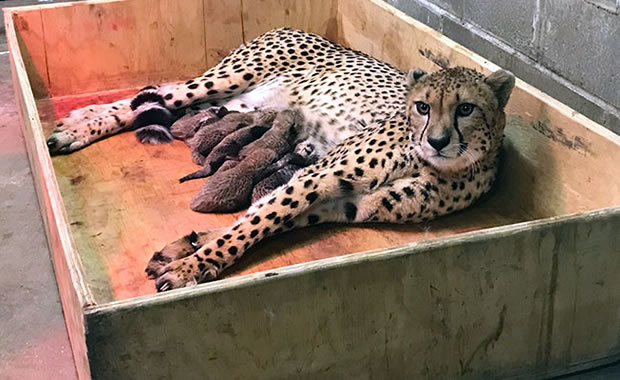

Ryukyu Rabbit
|
Creature Profile
Also called the Amami rabbit, the Ryukyu rabbit is found on Amami Oshima and Tokuno-shima, small islands in Ryukyu Archipelgo, south of Japan. The Japanese call this rabbit the black rabbit of Amami because of its rather dark fur. Adults measure about 18 inches in length and the tail measures about 1.4 inches. It has a long snout and unusually long claws used for digging holes for nests. Its fur is thick and woolly and dark brown on the back and reddish brown on the sides. Its eyes are small, and its ears are short.
The Ryukyu rabbit prefers dense old-growth forests and forest edges covered by pampas grass for its habitat. Diet consists of a variety of plants, acorns, bamboo sprouts, and bark from a variety of forest trees. They communicate through a clicking sound and are nocturnal, and little is known about their social behavior. They like to move around the forest by using passages in the undergrowth. Mating only occurs in November thru December. Females dig burrows and give birth to two to three hairless and blind kits in April or May.
There is only a small and isolated population of Ryukyu rabbits and the main threat to the species is loss of habitat and predation by introduced species such as feral dogs, feral cats, and mongooses. In the past the species was hunted for its medicinal value, but it is now legally protected.
Wikipedia Article

|
Wikipedia Article Copyright Notice: This article is licensed under the GNU Free Documentation License. It uses material from the Wikipedia article "Amami rabbit". |
More Links about the Ryukyu Rabbit:
Reference Links:Ryukyu Rabbit - Wikipedia
May 11, 2017
Glenn, C. R. 2006. "Earth's Endangered Creatures - Ryukyu Rabbit Facts" (Online). Accessed 4/26/2024 at http://earthsendangered.com/profile.asp?sp=388&ID=3.
Need more Ryukyu Rabbit facts?



